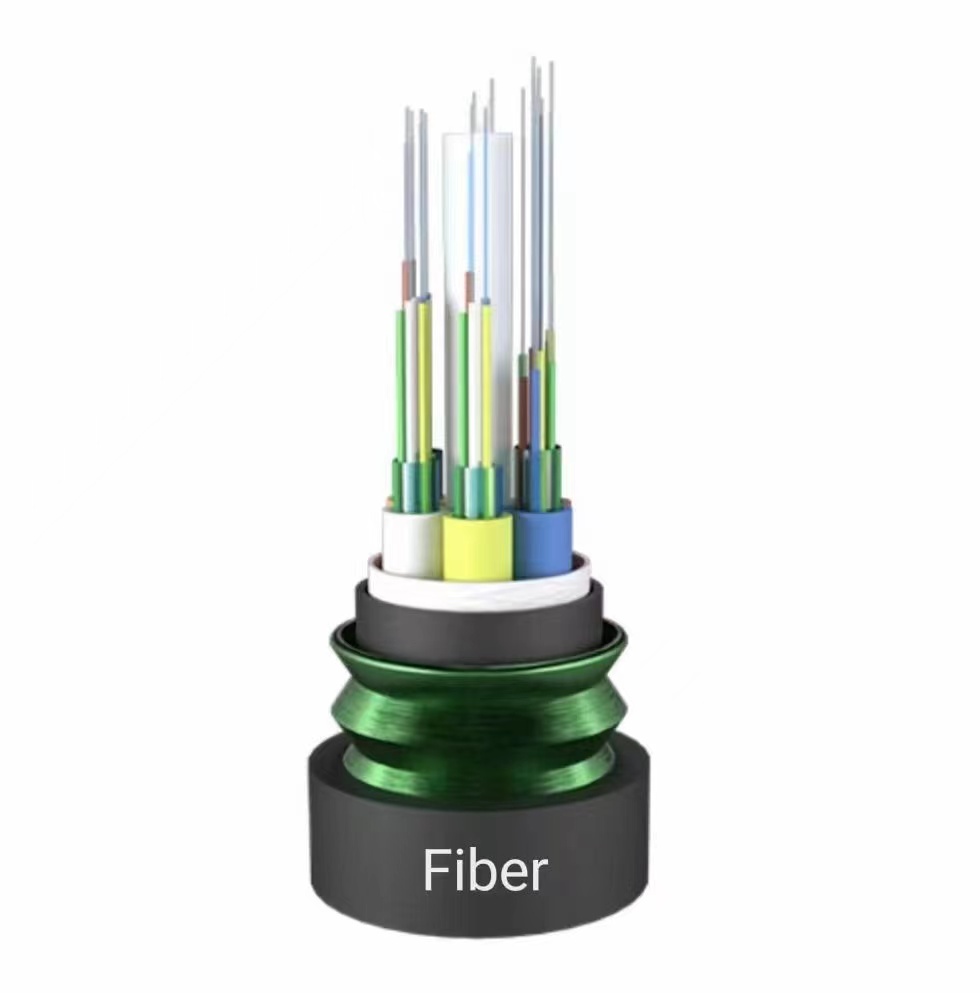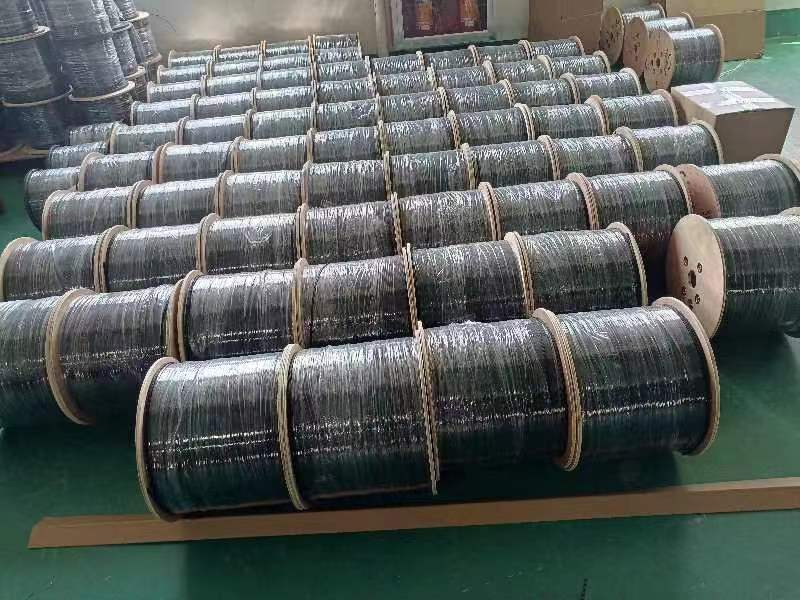

News Report of Optical Fiber Entering The Home
1. Service and Quality Come the First
| Some people say that they should meet the differentiated needs of users. Many business divisions have different requirements for broadband or network. Operators need to operate and charge differently. Some people say that there should be enough content driven. Without enough content to constitute killer applications, why do users install such fast broadband? About Fiber Optic Home Access to the "Optical Network" Operation Mode - Analysis of the Ten Key Issues of Fiber Optic Home Access After the basic realization of comprehensive coverage, what else should be done for fiber optic home access? Some people say that the actual loading rate should be increased. |
|
| At present, China Telecom, which has the fastest growth in optical fiber access, has a very good actual installation rate of about 10% in each province. That is to say, only 10 of the 100 households with access capability have access; Others said that we should pay attention to costs. Spend your own money, and the input-output ratio is very important; Others said that although China's labor costs are low, the optical network has increased the amount of network maintenance work, user needs and challenges for operation and maintenance personnel; Behind the construction climax of FTTH, there are too many practical problems to be solved. | |
| To solve these problems, we must have a new plan for the entire industrial ecology. Others said that to achieve seamless experience, telecom operators need seamless integration and access of multiple business means, including cable, wireless, mobile, integration and one-time experience, which can achieve seamless integration. | |
|
2.How to solve the practical problem of low actual loading rate?
| Reference answer: The optical cable access rate of commercial buildings in southern provinces has reached 97.7%, and that of administrative villages has reached 70%. After years of efforts to improve the cost performance ratio, optical fiber coverage has been basically "everywhere". Take China Telecom as an example. As of March this year, the 8M access bandwidth coverage in the southern urban area of China Telecom has reached 93.9%, the 12M access bandwidth has reached 80.7%, and the 20M access bandwidth has reached 60.5%; However, the opposite is the low actual loading rate in recent years. Why can't the real installation rate always be improved? A user surnamed Chen told the reporter that the reason why he refused to install was that he was afraid of paying extra fees after being inexplicably installed. Optical fiber Internet access is for growth. |
| |
| The higher the bandwidth, the higher the cost. It is unnecessary for home users to access the Internet. Another user surnamed Hao told the reporter that she handled optical broadband business in China Telecom last year. The so-called actual installation rate refers to the number of ONUs actually installed in the user's home. Generally, one ONU is installed in a home, and the user signs a business application acceptance cooperation agreement with the operator to form a business relationship. Relevant personnel from China Telecom headquarters told the reporter that, except for a few provinces such as Shanghai, the actual installation rate of optical fiber broadband in China Telecom's provinces and cities in 2017 was no more than 10%, that is, only 9 out of 100 households with access capability were connected. The above-mentioned reporter said that because of this, the main task of China Telecom at present is to vigorously promote the FTTH real installation rate. | ||
 | But she never understood why the telecom operator "pulled an optical fiber for me, and then divided two network cables. Each of the two network cables has an account number. The charge is based on the account number, which is equivalent to my family spending two dollars. Is that right? In addition, the main reason why ordinary broadband users reject optical broadband is that they are worried about the impact of open line installation on aesthetics, the inability to connect to external wireless routers, and other factors, such as users' unclear understanding of optical broadband, different usage habits, and insufficient demand orientation. | |
3.The communications industry is an investment driven industry.
| |
| The author opened a survey of the broadband market in a province last year. According to the survey data, when customers choose broadband Internet access, they value cost performance most. The top applications are browsing news and micro blogging, chatting, online games and video downloading. From the perspective of customer segments, self renting and low-income customers are extremely sensitive to broadband charges. It is difficult for these customers who value cost performance and use small and medium traffic services to try to promote the expensive optical broadband. | |
| In addition, wireless broadband has played a great role as a substitute for wired broadband. To improve the actual installation rate of broadband, operators need to gradually reduce the access charges and continuously improve the service level to improve the cost performance of optical access. | |
| Li Yaohua, an analyst from the Telecommunications Research Institute of the Ministry of Industry and Information Technology, will inevitably have a low real installation rate in the short term. The communications industry is an investment driven industry. There is a "two first, two later" rule that "first construction, then market, first enclosure, then deep cultivation". |
|
| Between the network investment construction and the market, there is often a certain lag, which is easy to cause network idle. This has happened in the early days of GSM and CDMA networks. And in Three years ago, WLAM network was regarded as a chicken bone by operators because of its extremely low utilization rate. At present, operators are vigorously developing optical fiber access, mainly to seize the strategic commanding heights of the home broadband market and cope with the radio and television competition. Such strategic investment is ahead of market development and customer demand, so a low actual installation rate is inevitable in the short term. | |
4.How to make the optical fiber entering the home form a good support for the overall strategy of operators?
| Among them, wireless access focuses on network deployment in public places, mainly relying on wifi. As a supplement to 3G networks, it undertakes high traffic services in hot areas. In the home and office environment, the broadband of home or office is generally used. Optical fiber cities provide high-speed access in non-public places, wireless cities provide high-speed access in public places, and 3G provides high-speed access in mobile places (with slightly lower speed and access quality). Together, the three create an ubiquitous network world and achieve a true integration strategy. One of the three is indispensable for faster and more stable wired networks. | |
| Obviously, to create an ubiquitous network environment, the plans of optical fiber city and wireless city are indispensable. With strong network support, cloud computing, cloud storage, online document processing High quality online video and other applications that strongly rely on the network are likely to be widely accepted. Therefore, China Telecom and China Unicom, which have good broadband resources, first need to establish the overall advantages at the strategic level by creating such a ubiquitous network environment. Only by combining high-quality network quality with service, can they provide basic support for the transformation business of telecom operators. In the future use scenario of erminal convergence network convergence, users hope to obtain high-speed and location free network access anywhere. |
| Among them, wireless access focuses on network deployment in public places, mainly relying on wifi. As a supplement to 3G networks, it undertakes high traffic services in hot areas. In the home and office environment, the broadband of home or office is generally used. Optical fiber cities provide high-speed access in non-public places, wireless cities provide high-speed access in public places, and 3G provides high-speed access in mobile places (with slightly lower speed and access quality). Together, the three create an ubiquitous network world and achieve a true integration strategy. One of the three is indispensable for faster and more stable wired networks. | |
5.How to ensure good user experience at any time?
| Reference answer: "Its essence is to distinguish according to user attributes. Different services, different charges, different users, and different charges. Promote intelligent operation users to lead in, and practice is behind. According to the reporter's interview, "There are many types of users, including home users and enterprise users. Many business divisions have different requirements for bandwidth or network, which requires us to conduct differentiated operations and charges." In actual operation, the operator's installation and maintenance personnel have encountered various problems. "After the user's ONU phones are cut over together, the user is used to turning off the ONU when not online, which makes the fixed line phone unusable, so they require restoration. | |
| Such users account for about 1%." some users feel that the network speed is not stable after installing the optical broadband, and the speed is "not worthy of the name". Some users also said that after installing the optical broadband, the use habits, router installation and other aspects are "very troublesome". In this regard, some operators said that this is not only a test of the operator's installation and maintenance services and fault response level, but also the most important thing is that operators in the optical network should also introduce intelligent channels ˆ The concept of. Use intelligent pipeline operation to meet the differentiated needs of different users. |  |
The above operators said that for similar users who "return goods" for reasons of habit, they should pay more attention to the guidance of users and the development and promotion of high bandwidth products, while more attention should be paid to the intelligent operation of the optical network. Yang Lieyong, assistant president of ZTE's fixed network product line, said that the operator's smart channel should further subdivide the current extensive channels, including voice, data, IPTV, etc, Build the Internet business into valuable sub channels. | |
PREV:Introduction of FTTH
NEXT:Customer FAQ